More Estonians consider themselves to be Nordic than Baltic, but why? And do the Nordic countries feel the same way?
If your initial response to “Is Estonia a Nordic country?” is an immediate and resounding “no, of course not,” then I think that would be a very understandable – and widely shared – view. You’d certainly have the same answer as the Norwegians that I’ve asked.
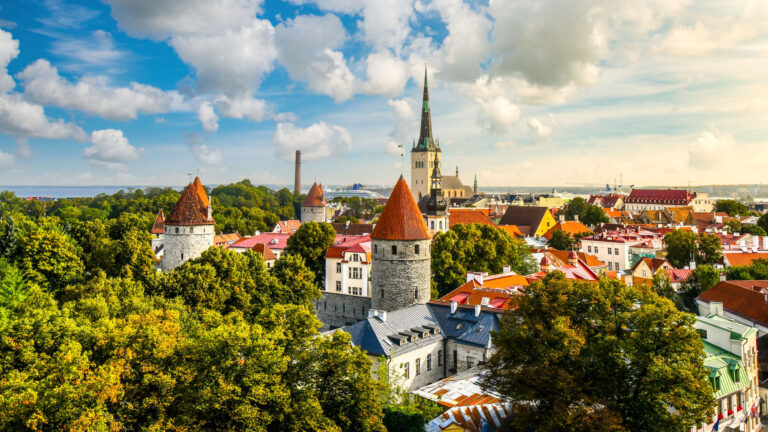
However, within Estonia, the answer is a lot more nuanced. In 2013, a project named “Different Nations – Shared Experiences” found that 53.5% of Estonians in Estonia considered being “Nordic” as important or very important to their identity, while 52.8% viewed themselves as Baltic.
In addition, “Estonians” in Estonian is “põhjamaalased”, meaning “northern people”, and “põhjala” is often used to mean “Nordic”. Therefore, an argument could be made that Estonians in their own language refer to themselves as “Nordic people”.
You’re probably wondering “why do so many Estonians consider themselves to be Nordic?”, and lucky for you, that’s what this whole blog post is about. But first we need to figure out what being “Nordic” actually means.
What is a Nordic country?
Coming from England, which is one of the three countries in Great Britain, which is the biggest island in the United Kingdom of Great Britain and Northern Ireland (aka “the UK”), I understand that regions can be tricky. So let’s break it down.
Scandinavia is a geographical region in Northern Europe that consists of Norway, Sweden and Denmark. These three countries share a great amount of history, culture and language.
The Nordic Region consists of Scandinavia, Finland, Iceland, the Faroe Islands, Greenland and Åland. The word “Nordic” comes from the Norse word “norden”, meaning “the north”.
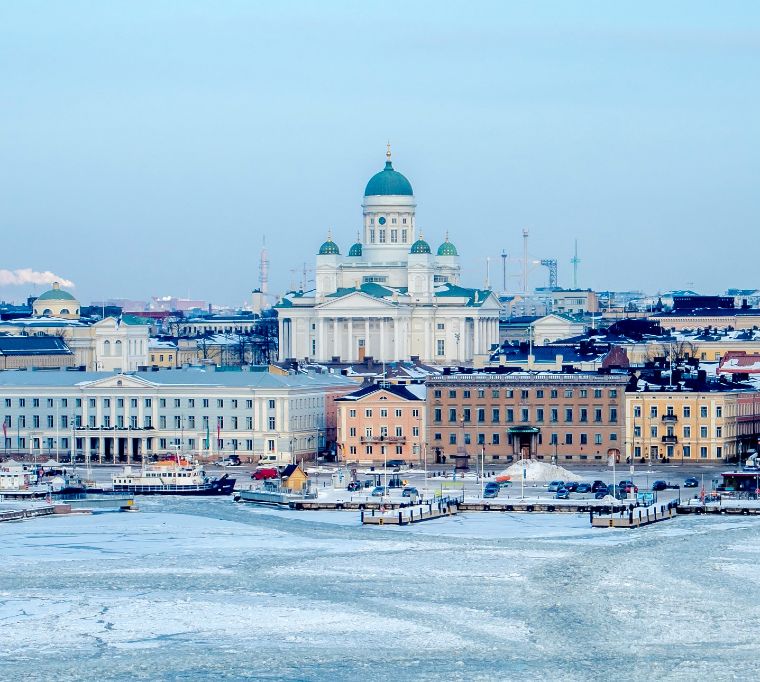
Nordic countries also share a lot of history, culture and language. There’s a shared love of black coffee, an appreciation for outdoor activities regardless of weather, and a mildly concerning habit of channeling their feelings about long, dark winters into crime novel.
However, since the establishment of the Nordic Council as part of the Helsinki Treaty in 1962, the Nordic countries are also connected by formalised political agreements to collaborate.
The Baltics refers to three countries that border the Baltic Sea: Estonia, Latvia and Lithuania. The Baltics is both a geographical region and a political agreement, as the three Baltic countries collaborate through the Baltic Assembly, which was established in 1990.
The Baltic countries are not quite as close as the Scandinavian countries. Estonia in particular is an outlier, as while Latvia and Lithuania share linguistic and cultural similarities, Estonia is closer to Finland (we’ll come back to this).
However, there is one big thing that these three countries have in common.
Pulling back the Iron Curtain
All three Baltic countries were part of the Russian Federation until 1918. They were then reinvaded by Russia during World War 2, and remained part of the Soviet Union until 1991.
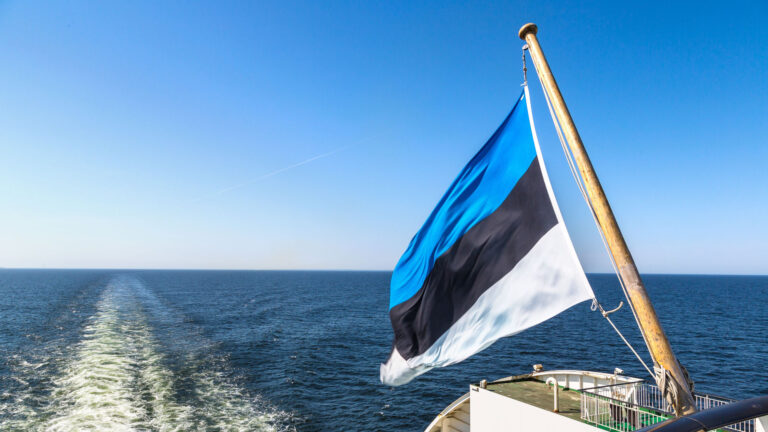
The Nordics have always been strong supporters of the Baltics gaining independence from Russia, and attended the Baltic Assembly’s inauguration in Tallinn in 1991. The Nordic Baltic 8 (NB8) was formed in 1992, formalising the cooperation between Nordic and Baltic countries.
One argument that Estonians who feel very strongly Nordic make is that if Estonia hadn’t been occupied by Russia when the Helsinki Treaty was signed, it would easily be considered a Nordic country today.
So let’s talk about the reasons that the Estonians may feel Nordic.
Estonia and Finland
Since Sweden and Finland also border the Baltic sea, they have a long history of trading with the Baltic countries. However, Estonia and Finland are particularly close – in all senses of the word (it takes just two hours to travel directly from Helsinki to Tallinn by ferry).
Estonians and Finns have many cultural ties – not least, both peoples love going to the sauna. However, their languages are also both members of the “Finno-Ugric” language family.
Simply put, a language family refers to a group of languages that developed from one common language ancestor.
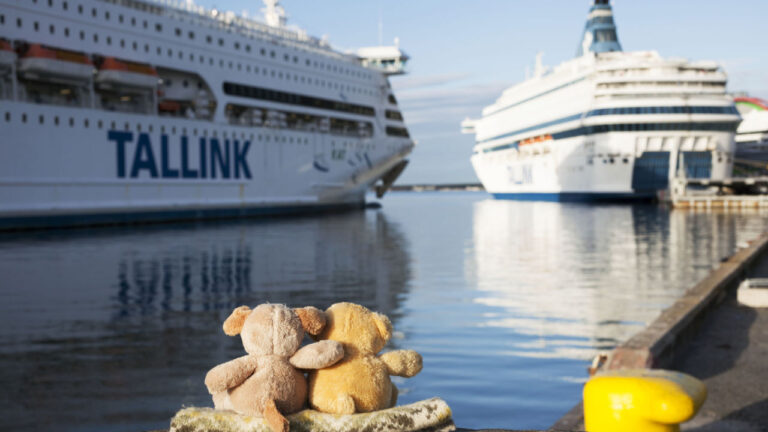
Both Latvian and Lithuanian are part of the Baltic language family, while Norwegian, Swedish, Danish, Icelandic and Faroese are part of the North Germanic language family. Greenlandic is part of the Inuit–Yupik–Unangan family.
Languages being part of the same language family does not necessarily mean they are mutually intelligible.
If you speak Finnish, you can’t automatically understand Estonian, and vice versa. But the languages do have shared roots and therefore have more in common than they do with their Scandinavian and Baltic neighbours.
In addition, Finland also used to be ruled by Russia, declaring its independence in 1917, and even used to be classified as a Baltic country before it became Nordic.
Estonia and Scandinavia
Much like Finland, Estonia has also been ruled by Sweden. Unlike the Finns, Estonians remember the Swedes much more fondly, sometimes referring to their time under Swedish rule from 1558 to 1710 as “the good old Swedish times”.
This is possibly less surprising when you learn that the Russians took over Estonia afterwards.
As a result, Estonian has a lot of Swedish loan words, and was home to a significant number of Swedes until World War Two.
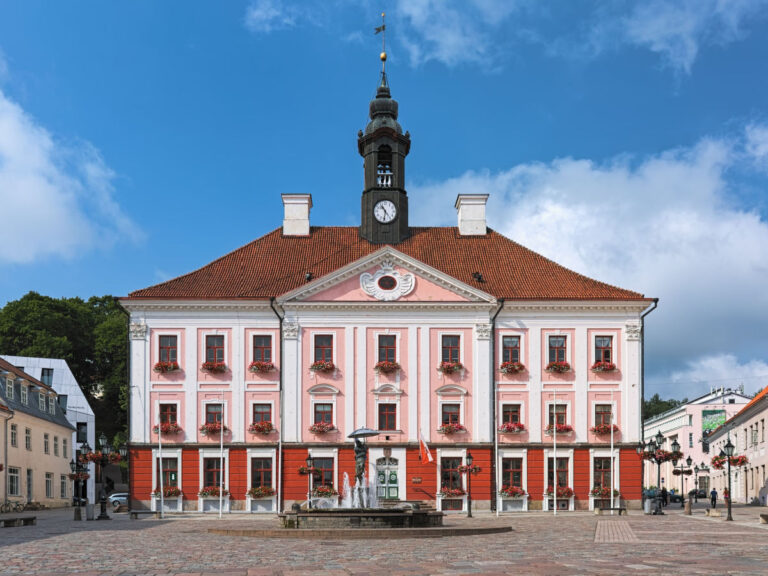
Sweden is not the only Scandinavian country to have ruled Estonia. Between 1219 and 1346, Estonia was part of Denmark, and the name “Tallinn” is thought to derive from “Taani linn” meaning “Danish town”.
Much like with the Swedes, the Estonians don’t seem to harbour any grudges about being a Danish Duchy. There’s even a legend that the Danes got their flag during the Battle of Lyndanisse, when they were invading Estonia. To begin with, the Danes were losing the battle, but all that changed when God sent a flag down from Heaven. The Danes beat the Estonians, and adopted the flag as their own.
You can visit the place where this allegedly happened in Tallinn today, in the appropriately named “Danish King’s Garden”.
As a British person, I’m sure the countries that used to be ruled over by the British Empire think many things about us, but “the good old British times” and “from God” are probably not included.
Additional cultural similarities between the Nordic countries and Estonia include celebrating midsummer / summer solstice and having Luthern Protestantism as their state religion.
So how Nordic is Estonia?
While some Estonians may see themselves as Nordic, this view is not reciprocated by the Nordic countries. In the web comic Scandinavia and the World, it’s a recurring joke that Estonia keeps trying to join the Nordics only to be rejected or ignored every time.
Before visiting the Estonian capital city Talliin last summer, I also would’ve said that Estonia was definitely not a Nordic country. Now, however, I’m not so sure.
This is not to say that Tallinn felt familiar. Above all else, it is Estonian, with its own identity, language and culture. Just that, sitting in a small diner with a black coffee and a plate of smultringer (like doughnuts but better) in front of me didn’t feel unNordic.

To be Nordic is not to be the same. For all their similarities, even the Scandinavian countries – arguably the incestuous cousins of the Nordic family – have their own distinct cultural differences that mark them as Norwegian, Swedish or Danish.
If Estonia were to join the Nordics, it would bring its own brand of Nordicness – as the other Nordic countries have done.
As strongly as some Estonians may feel Nordic, there hasn’t been a formal push for Estonia to become Nordic since it originally requested to join the Nordic Council in 1991.
Whether it should become Nordic or not is not for me to decide (again, as a British person, we have a pretty poor track record for doing that sort of thing). However, I suspect that a lot of what is Nordic comes down to perception rather than definable criteria.
Perhaps if Estonia as a whole perceives itself to be Nordic, the rest of the world will too one day.
Have you ever visited Estonia? Did it feel Nordic to you? Let us know in the comments.


Estonia has no state religion!
Former Swedish Prime Minister Carl Bildt tweeted in 2018: “Warmest congratulations to Estonia! A proud Nordic and European nation and a spearhead into our digital age.”
The startup sector is absolutely booming across all of the Nordics, with Estonia leading the charge in terms of unicorns per capita.
The Nordic countries of Norway, Sweden and Estonia have deep cultural and historical connections to their Viking heritage. Despite being predominantly atheist today, the influence of Lutheranism can still be felt in the region through the presence of churches. Communication styles do vary, with Estonians, Finns and Norwegians valuing directness, while Swedes tend to be more reserved and polite, which can sometimes make it difficult for outsiders to gauge what they truly think.
So Estonia is gradually being referred to as a Nordic country, but the question of whether it truly belongs in this group is a complex one. Geographically, Estonia is located in Northern Europe and is actually farther north than Denmark. In order to understand its cultural connection to the Nordic countries, we must look at a range of factors, including historical background, language, design and communication style, family values, business culture, hierarchy, loyalty, goal orientation and predictability.
Historically, Swedes have lived in Estonia for around 700 years and it has been part of the territory of the Danes or Swedes for centuries. Linguistically, Estonian, along with Finnish, does not belong to the Scandinavian language group, but rather the Finno-Ugric group, along with the Sami people living in Finland, Sweden and Norway. In terms of design and communication, Estonian and Finnish cultures share a minimalist style with their Nordic neighbours.
When it comes to family values, Estonians, like Scandinavians, are less likely to base decisions on their family’s opinions and communicate less frequently with each other compared to Southern European cultures. In Nordic business culture, hierarchy is relatively low and the boss is seen more as a colleague with a different role. Nordic countries, including Estonia, are individualistic, meaning that their loyalty lies with themselves rather than with a group. This can be confusing for non-Scandinavians who often see these countries as being very social and taking care of each other, but this is due to the low score on goal orientation.
Nordic culture countries, including Estonia, are process-oriented rather than goal-oriented, and decision-making involves a lot of consensus-seeking among stakeholders. Predictability is one area where the Nordic countries differ, with Sweden and Denmark scoring the lowest. However, these differences are only noticeable to those from within the Nordic cultural sphere.
Nordic countries share a similar sense of humour, which is often dry and understated, similar to the British. They also tend to not show their emotions outwardly and prefer to keep their feelings to themselves. They also share architectural and agricultural similarities, including a tradition of wooden house building and a love of dairy products.
The Soviet era had a profound impact on the region, leading to an increase in the proportion of Russians in Estonia and a shift towards more globally diverse immigration in Sweden.
By the way, Estonian films do a great job of conveying how Nordic Estonia is, even during the Soviet era. Estonian films have always been “Nordic Noir”. Together with the Finns, Estonians share a certain unique anguish that finds its outlet in the sauna:)
Considering the many similarities between Estonian culture and the Nordic countries, it is reasonable to include Estonia in the Nordic group.
I think it’s going to be more jointing all the three Baltic’s in to the Nordic group as one. The business and culture ties are already strong and only getting stronger. We live in the modern day. The thing holding back the Baltic’s now is incomes, and those are rapidly growing and will soon be much closer to the Nordic level. The reality is that it should be just built into one strong group. We have seen it in NB8, and now it’s time to complete the journey that was only stopped because of WW2
Estonia is absolutely not a Nordic country. There is no similarities and any Estonian saying that they are a Nordic country have no clue what the Nordic stands for..
The rights of the citizens in the Nordics is stipulated in the constitution of each Nordic country. While Estonian authorities can take your passport if you get into financial trouble and have issues paying your bills, this would be against the constitution of each Nordic country.
Estonian laws and infrastructure is extremely far from the Nordics.
Please justify your statement and tell me where such information comes from?
As an Estonian, I can confirm that there is no such law in Estonia that would allow you to take away your passport regardless of what problems you have caused.
The Estonian legal system is one of the most transparent and fair in the world, and “de facto” there is no such court case where someone’s documents have been taken away.
I can assure you that your claim is 100% fiction.
I’ve visited Estonia quite extensively, and I wouldn’t say it’s a Nordic country. Estonians, with all due respect, sometimes have this rather snobbish view that they’re better and more advanced than their neighbours (that’s the impression that I get, anyway). I think this push for Nordic recognition goes hand in hand with their obsession with making everything slick and paperless, etc. They’re determined to be seen as a cool, important and modern country (along with the likes of Sweden and Norway), rather than being seen as ‘little old backward Estonia stuck in the Baltics with the Latvians and Lithuanians’. Perhaps this is a little harsh, but it’s just the impression that I’ve formed!